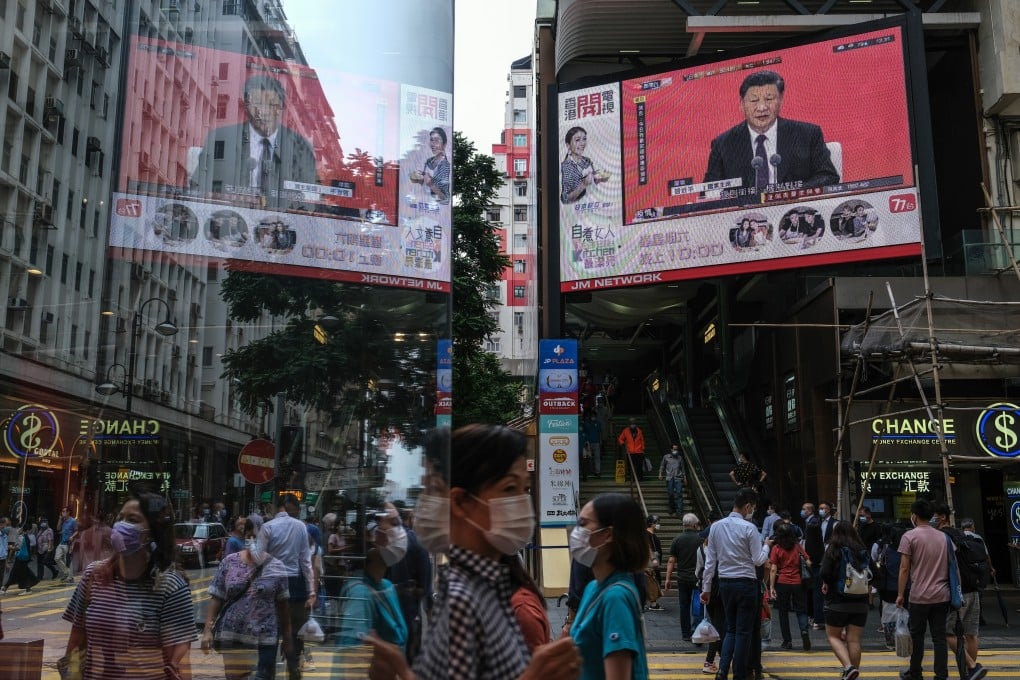China Briefing | Carrie Lam’s non-speech said it all: Hong Kong and Shenzhen have swapped roles
- Shenzhen once relied on Hong Kong’s investors and businesses for its rise from low-end manufacturing to hi-tech powerhouse
- Now Hong Kong’s fortunes rest on Shenzhen

In 1980, China’s late paramount leader Deng Xiaoping chose Shenzhen, then a small fishing village, as a special economic zone, mainly because of its proximity to Hong Kong, then one of the thriving Four Little Dragons of Asia. Indeed, Hong Kong’s investors and businesses were crucial to Shenzhen’s rise as a low-end manufacturing hub in the 1980s and 1990s. Since then, however, Shenzhen has innovated and upgraded its industries to become one of China’s economic powerhouses known for its tech, finance and trade sectors. In 2018, the size of its economy overtook Hong Kong’s for the first time.
As a sign of Hong Kong’s declining role, Xi did not acknowledge Hong Kong’s contribution in his speech on Wednesday when he hailed Shenzhen’s spectacular growth of the past 40 years as “a miracle in world development history”.
Talk about changing fortunes.
